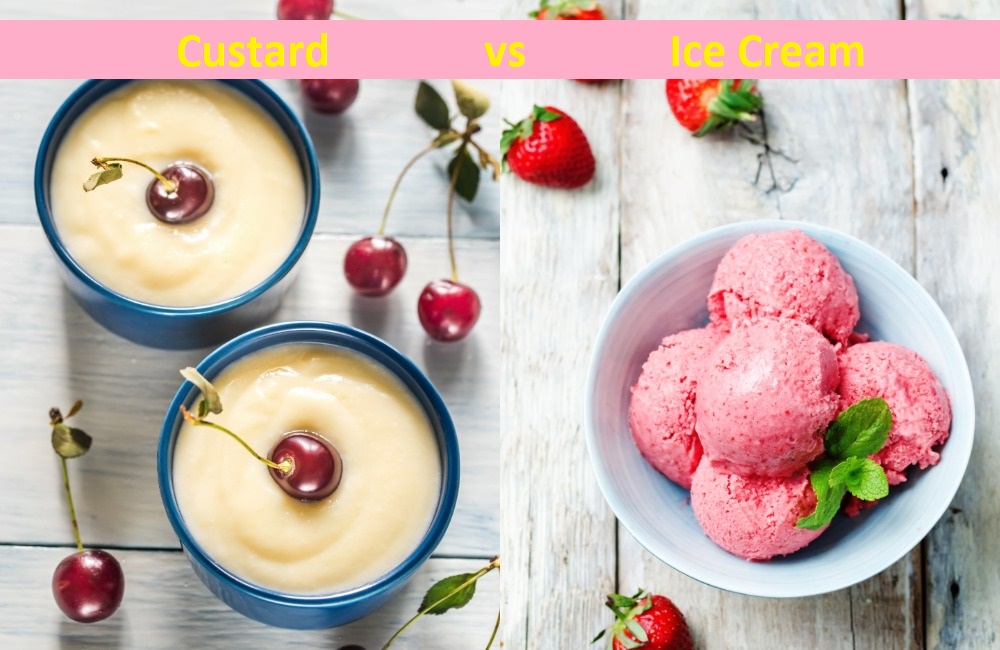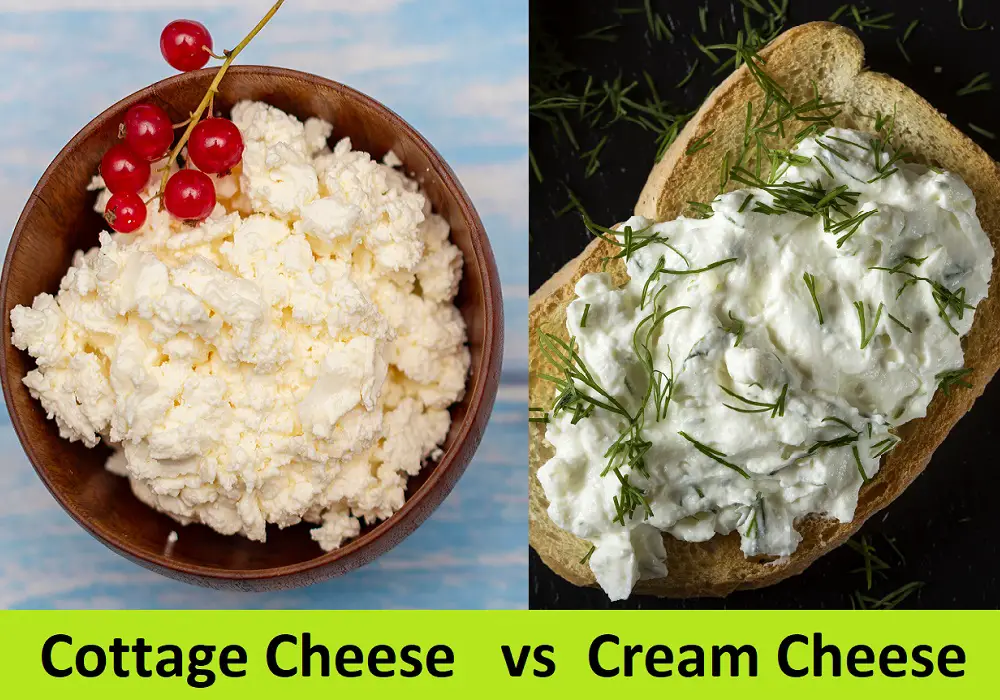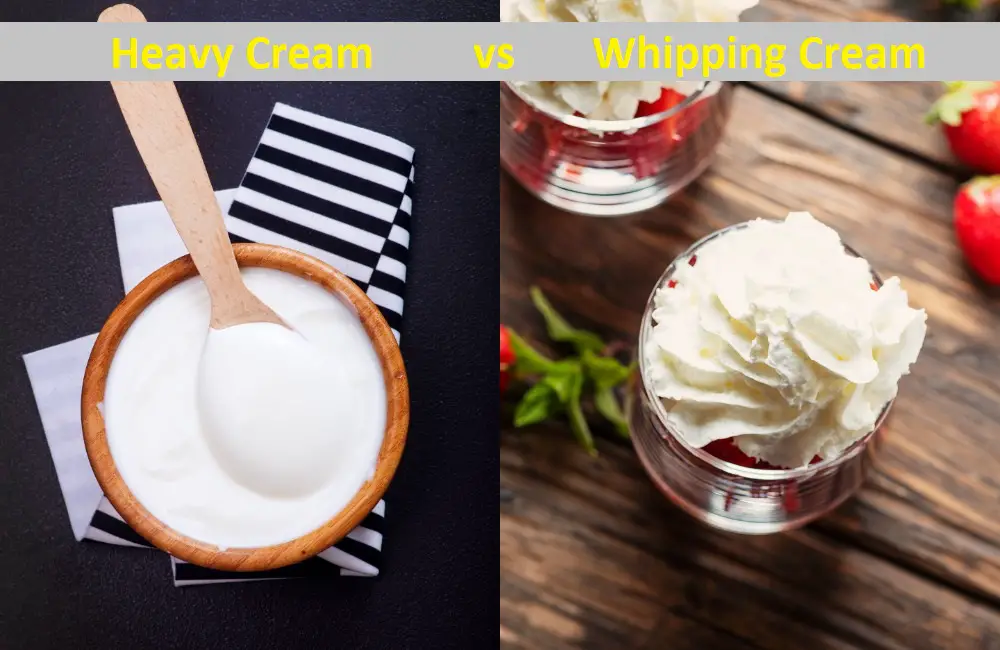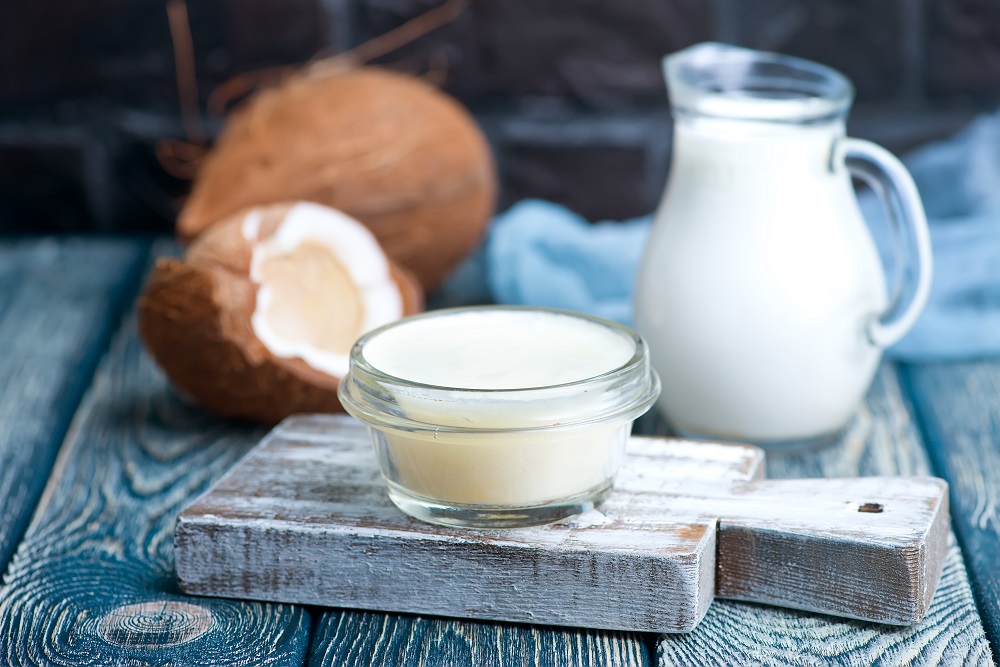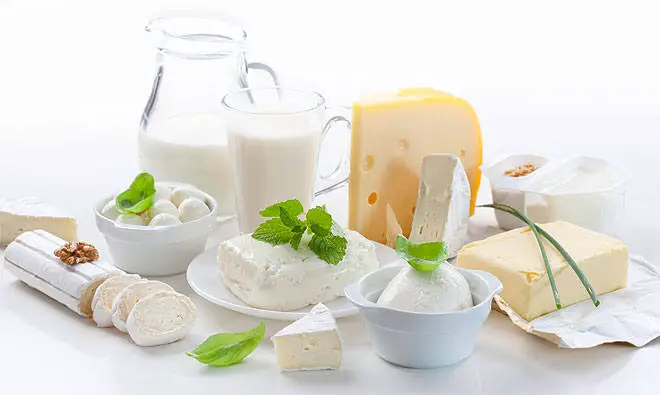Difference Between Frozen Custard and Ice Cream
Everyone loves to cool down on a scorching summer day with the bite of a sweet frozen treat such as ice cream or custards. Ice cream has been the most famous cold dessert treat worldwide for decades now, but more recently, frozen custards have also seemed to be getting some of the spotlights.
In terms of looks, they both can look quite similar, but they do have their fair share of differences as well. Both of these delicious frozen treats differ in many ways, including ingredients and texture.
So, let’s get right into the details of discussing frozen custard vs ice cream! Shall we?
Custard vs Ice Cream: An Overview
Ice cream was first made the way we have it now around the 1850s, and frozen custard was made around the 1920s. It’s undeniable that these two frozen treats have their similarities. For example, both of their core ingredients include milk and sugar, and both of them are frozen, which sometimes results in a similar taste.
One of the starkest differences between frozen custard and ice cream is that custard is much richer than ice cream.
Although ice cream can also be very rich and creamy, custard is known for its denser consistency. This dense and rich texture in frozen custard is achieved by the addition of egg yolks to the mixture.
On the other hand, ice cream is much fluffier in texture than frozen custard because a lot more air is beaten into it when it is churned.
Frozen custards are much more uncommon in stores when compared to ice cream; you can find ice cream in almost every grocery store, large or small.
What is Frozen Custard?
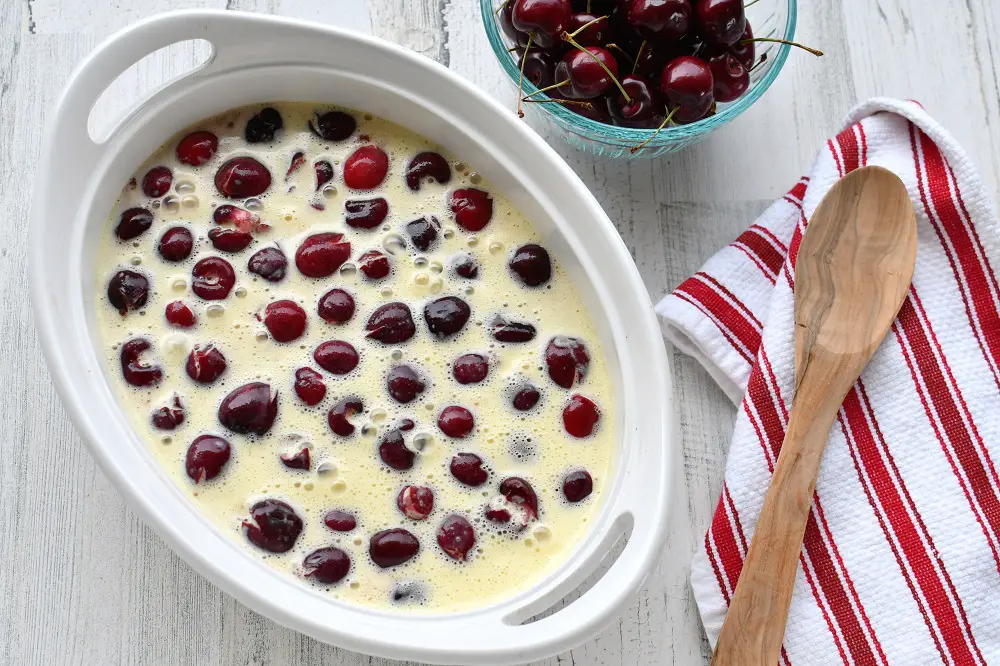
Custard is a decadent dessert that is known for its richness, and as its name suggests, it is frozen. With the base ingredients of milk, sugar, and egg yolks, this dessert is bound to be very creamy and dense.
For frozen custards to be put into the custard category, the percentage of egg yolks in them must be higher than 1.4%, or else it will not have the smooth, creamy texture that sets this treat apart.
This cold dessert is made with a machine that does not allow much air into the custard mixture so that it tastes richer. To put it into numbers, custards generally have an overrun of 20 percent, which means barely any air is incorporated.
In terms of nutrients, custard is not a ‘healthy’ food because of its high sugar and fat content. However, nutritional values largely depend on the manufacturer. Frozen custards tend to have higher protein values and a bit less fat than their equal ice cream counterparts.
Another thing is, usually frozen custard is served when it has a consistency like soft-serve ice cream.
Difference Between Frozen Yogurt and Ice Cream
What is Ice Cream?
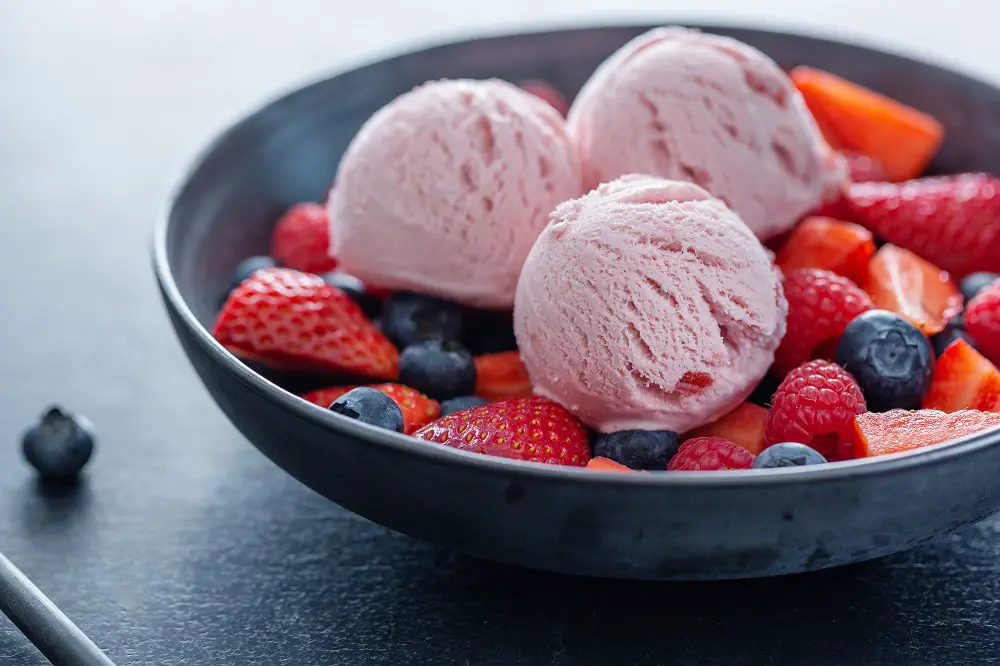
I scream, you scream, we all scream for ice cream! Everyone in this world has surely heard of the treat ice cream, and most of you have must have had it as well. With the base of milk, cream, and sugar, this dessert has become a favorite delicacy in homes across the world.
Good ice cream should be fluffy, creamy, and should have the right level of sweetness. The fluffy texture of ice cream is a result of incorporating plenty of air into the mixture by the ice cream machine.
For context, the ice cream usually has an overrun of 100%, which essentially means that 2 gallons of ice cream are made from 1 gallon of ice cream base.
Although ice cream is usually known more for its light and fluffy texture, some ice creams can be creamy as well. The ice creams which are on the creamier side have egg yolks in the base, but for the base to be churned into ice cream, the mixture must have less than 1.4% of pasteurized egg yolks by weight.
Ice cream is served in two main ways: a soft serve, where the ice cream is directly from the ice cream machine, or it’s in a more solidified state, where the ice cream is left in the freezer for some time.
Frozen Custard Vs Ice Cream: The Comparison Table
|
Parameter of Comparison |
Custard |
Ice Cream |
|
Main Ingredients of Base |
Milk, Cream, Sugar, and Egg yolks. |
Milk, Sugar, and Cream. |
|
Texture |
Rich, silky, and dense. |
Fluffy, creamy, and light. |
|
Taste |
Depends on flavor. |
Depends on flavor. |
|
Nutritional Values |
Unhealthy, but has less fat and fewer calories. It has more protein. Nutritional value often varies depending on the manufacturer. |
Unhealthy, and has more fat and higher calories. Nutritional value often varies depending on the manufacturer. |
|
Availability |
May be difficult to find. |
Found in almost every grocery store and is sold on a mass scale worldwide. |
Recommended for You:
Key Takeaways
- Frozen custard has a very rich and dense texture, whereas ice cream is known to be much lighter. The overrun of frozen custard is about 20 percent, which is nothing compared to ice cream’s 100 percent overrun.
- For frozen custards to have their distinct rich consistency, they must have over 1.4% of pasteurized egg yolks by weight. On the contrary, ice cream bases must have less than 1.4% of pasteurized egg yolks by weight.
- The main ingredients of frozen custard are milk, cream, egg yolks, and sugar. Meanwhile, the main ingredients of ice cream are milk, cream, and sugar. Because of having similar base ingredients, the same flavors of ice cream and frozen custard often taste identical.
- In comparison to frozen custard, ice cream is much more popular worldwide, and as a result, ice cream is more available in the market.
- Both ice cream and frozen custard are quite unhealthy, but the latter has a bit less fat, fewer calories, and more protein, thanks to the higher percentage of egg yolks.
Conclusion
Whether it’s a fluffy cone of soft-serve ice cream or a rich bowl of frozen custard, you will be good with any of them to cool you down on a hot afternoon. But the next time you’re picking between these two, you will know better about which dessert you are going with.
We hope we were able to give you all the useful details on custard vs ice cream. Stay cool in the summer with a cup of your frozen treat and relax!
